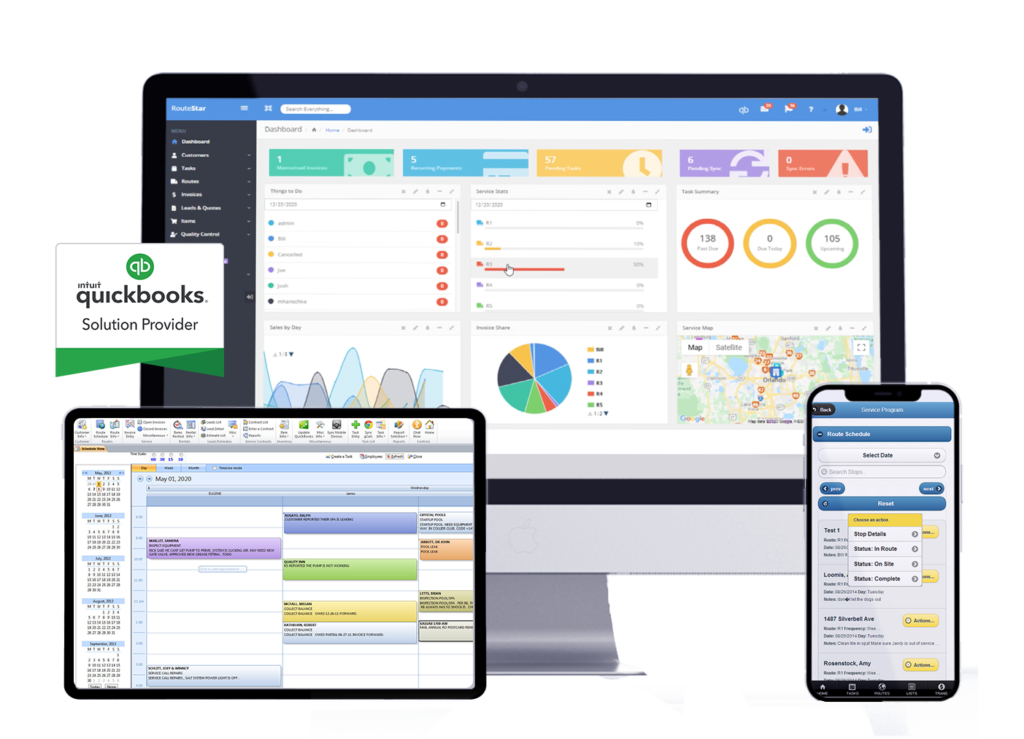Australian Construction Software: Cutting-edge Devices for Regional Projects
Australian Construction Software: Cutting-edge Devices for Regional Projects
Blog Article
Tailored Building And Construction Monitoring Software Program: Optimizing Source Appropriation and Budgeting Approaches
In the world of modern-day building and construction monitoring, the value of tailored software solutions can not be overemphasized. These innovative devices use a nuanced technique to enhancing resource allocation and budgeting strategies, important components for effective job implementation. By delving right into the details of just how such software program can improve resource allocation approaches and fine-tune budget optimization techniques, a clear pathway towards increased project performance arises. In this digital age where accuracy and effectiveness preponderate, exploring the effect of tailored construction administration software on these important elements uncovers a world of opportunities that might shape the future of the sector.
Benefits of Tailored Software Program Solutions
Customized software services provide a myriad of advantages to building management companies looking for to improve effectiveness and streamline procedures. By customizing software application services to resolve project management, organizing, budgeting, and resource appropriation, companies can maximize their process and attain better performance.
An additional benefit of customized software solutions is the capacity to give real-time insights and analytics. Building administration firms can leverage data-driven decision-making to monitor task development, identify traffic jams, and make modifications quickly. This proactive strategy improves project end results and aids companies stay on track with timelines and budgets.
Enhanced Source Appropriation Techniques
Applying effective source allowance techniques is vital for construction management firms to optimize job results and make best use of efficiency. By leveraging building management software that provides real-time monitoring and reporting attributes, companies can dynamically adjust allowances as project requires advance, leading to enhanced efficiency and cost-effectiveness. australian construction software.
Moreover, enhanced resource appropriation approaches allow building and construction firms to determine and deal with prospective bottlenecks or resource restrictions proactively. By carrying out routine evaluations of source utilization and performance metrics, supervisors can make data-driven decisions to rearrange sources properly and stop delays. This proactive technique not just improves job timelines but also lessens the danger of budget plan overruns as a result of ineffective resource appropriation.
Spending Plan Optimization Methods
To attain ideal financial effectiveness in building projects, effective budget optimization methods play a pivotal duty in making sure expense control and job success. One crucial strategy is the establishment of a detailed project spending plan that designates sources based on top priority and critical needs. By integrating these spending plan optimization techniques into construction management software program, job stakeholders can improve financial planning, source allotment, more helpful hints and overall budget administration to drive project success and earnings.

Influence On Project Effectiveness
Maximizing building management software can significantly improve project efficiency by streamlining communication, enhancing collaboration, and facilitating data-driven decision-making. By centralizing job details, stakeholders can easily access real-time updates, reducing delays triggered by miscommunication or out-of-date information. Boosted partnership functions enable team members to interact effortlessly, despite their physical place, fostering a more cohesive and effective workplace. Additionally, construction management software can supply beneficial understandings with information analytics, enabling project managers to make informed decisions quickly and accurately.
Moreover, the automation of regular jobs such as organizing, budget plan monitoring, and source allocation can maximize useful time for job teams to concentrate on crucial tasks, inevitably quickening task delivery. The capacity to keep an eye on task development in real-time and identify prospective bottlenecks allows positive analytic, preventing issues from intensifying and triggering hold-ups. Generally, the effect of tailored construction management software application on job efficiency is obvious, providing an affordable advantage by optimizing process and optimizing productivity.
Future Trends in Construction Software Application
As the building and construction sector proceeds to develop, advancements in innovation are shaping the future landscape of building and construction software application solutions. One significant pattern on the perspective is the increasing combination of synthetic knowledge (AI) and artificial intelligence capacities in construction software program. These modern technologies have the potential to revolutionize how building jobs are managed by enabling predictive analytics, automated decision-making procedures, and enhanced task understandings.
One more future trend in building and construction software is the growing focus on cloud-based remedies. Cloud innovation uses enhanced versatility, scalability, and availability for construction groups, enabling real-time cooperation and data sharing throughout job stakeholders. This change towards cloud-based software is anticipated to boost job effectiveness, simplify interaction, and enhance total project results.
In addition, the increase of Building Information Modeling (BIM) is anticipated to proceed shaping the building and construction software application landscape. BIM software facilitates 3D modeling, visualization, and data management, bring websites about improved task sychronisation, get redirected here reduced errors, and boosted project results. Accepting these future trends in building software application will be vital for firms aiming to remain competitive and drive technology in the market.
Verdict
Finally, customized building administration software application uses various benefits such as improved source allotment approaches and spending plan optimization strategies. This software application has a substantial influence on project performance by enhancing processes and boosting overall efficiency (australian construction software). As innovation continues to development, future patterns in building and construction software program are anticipated to further enhance resource allocation and budgeting strategies for construction projects
Report this page